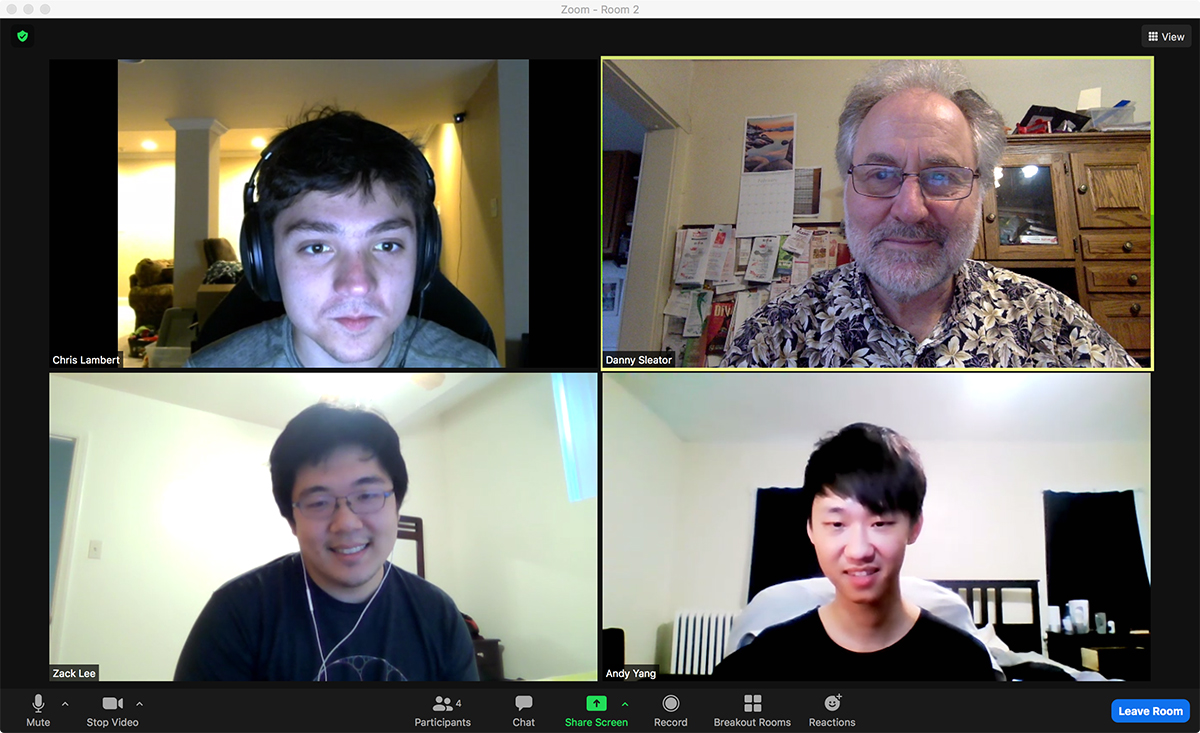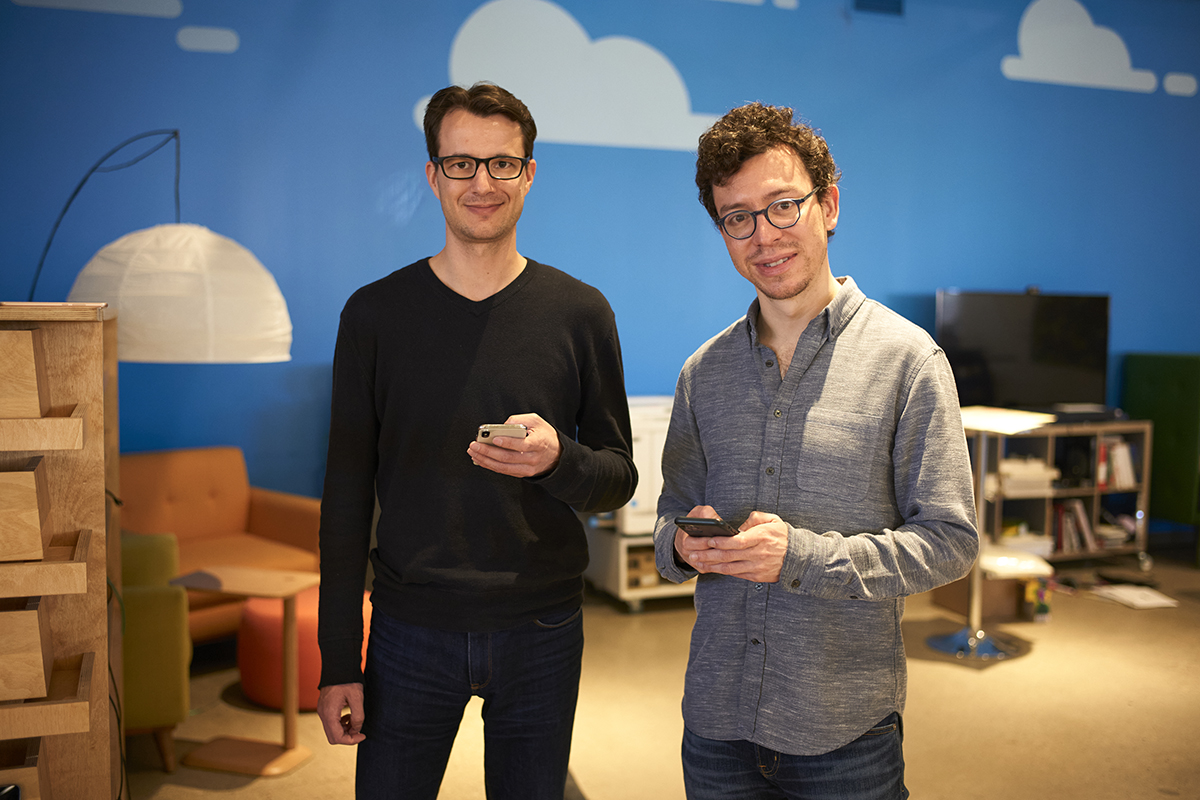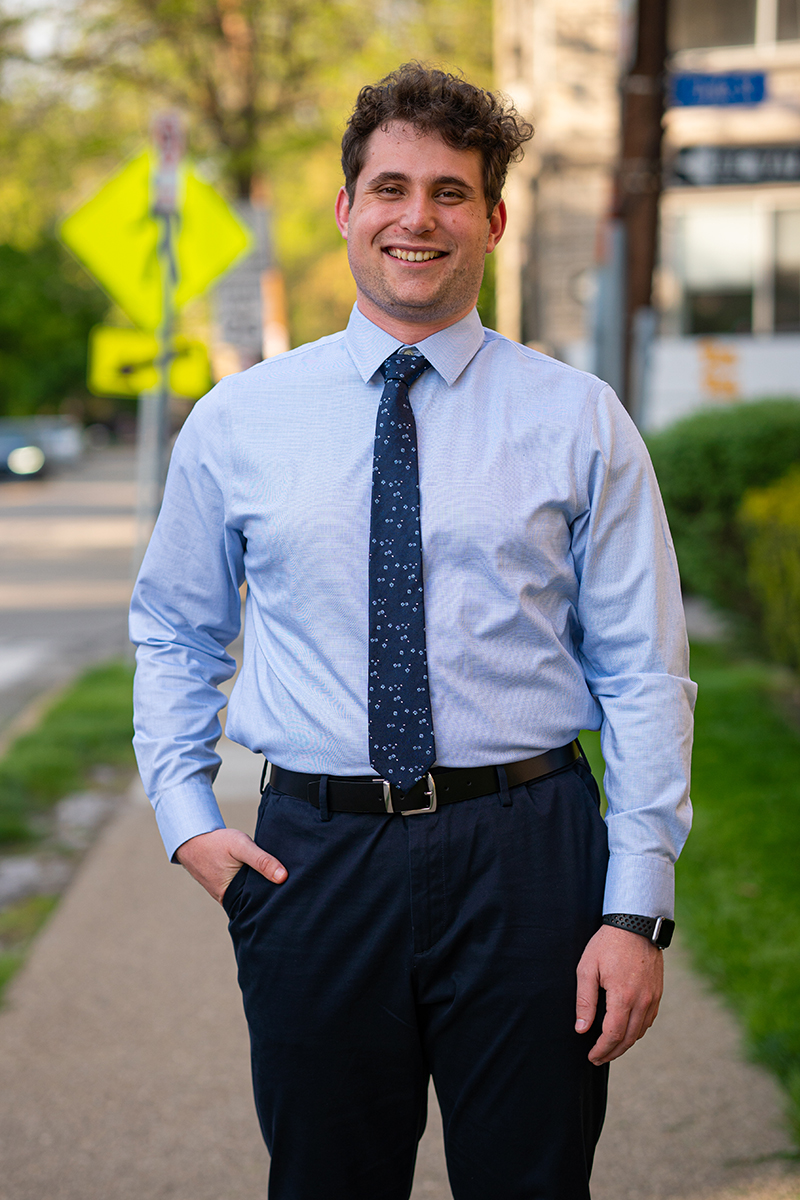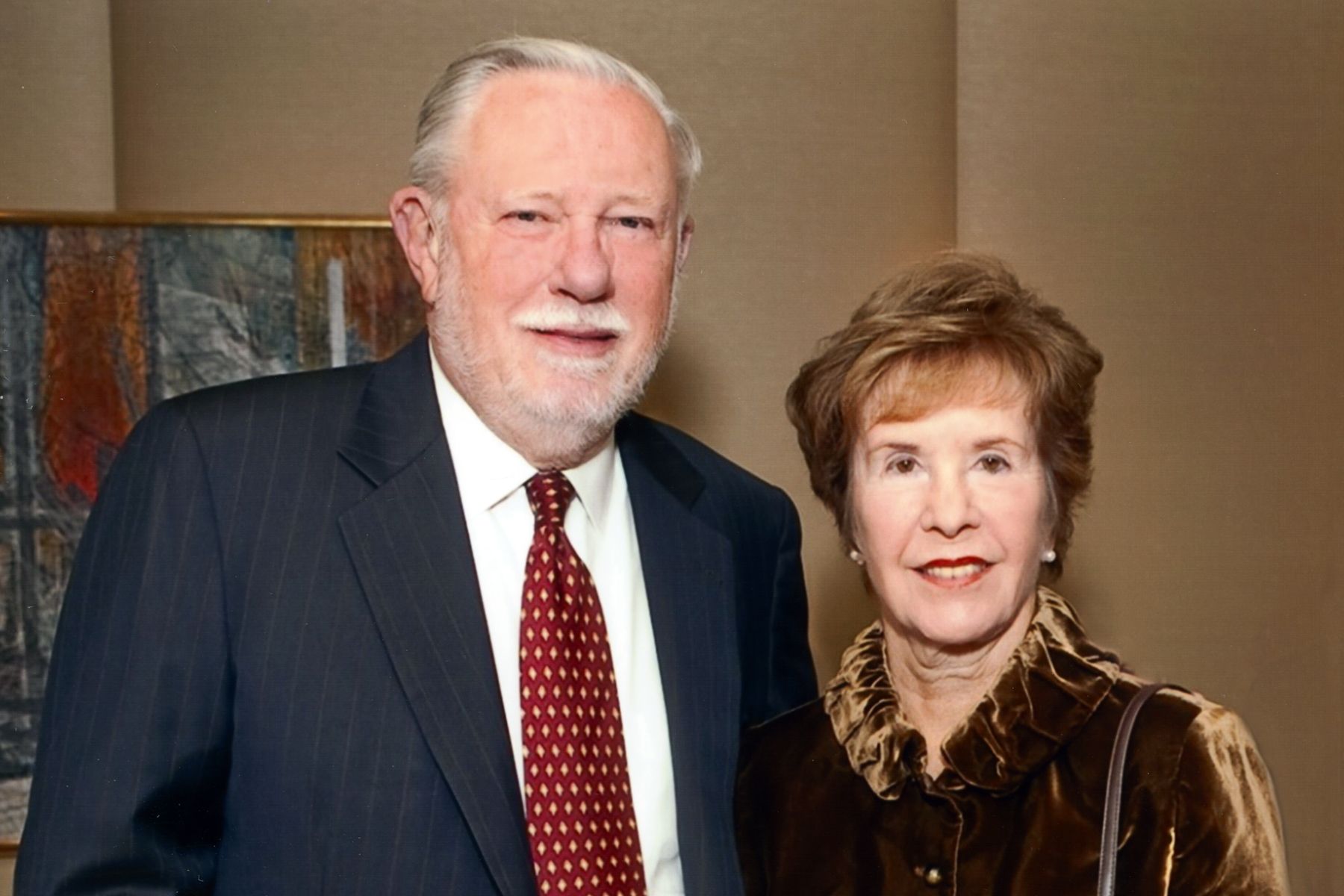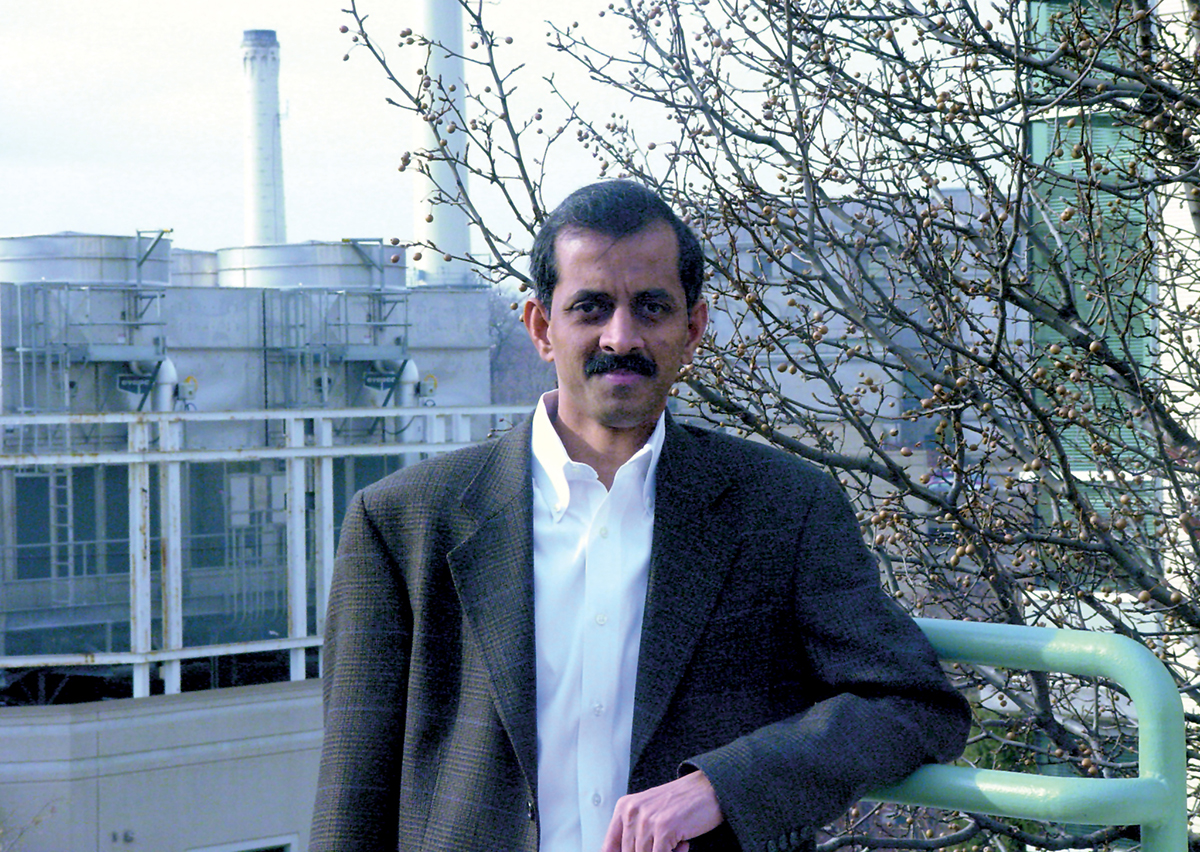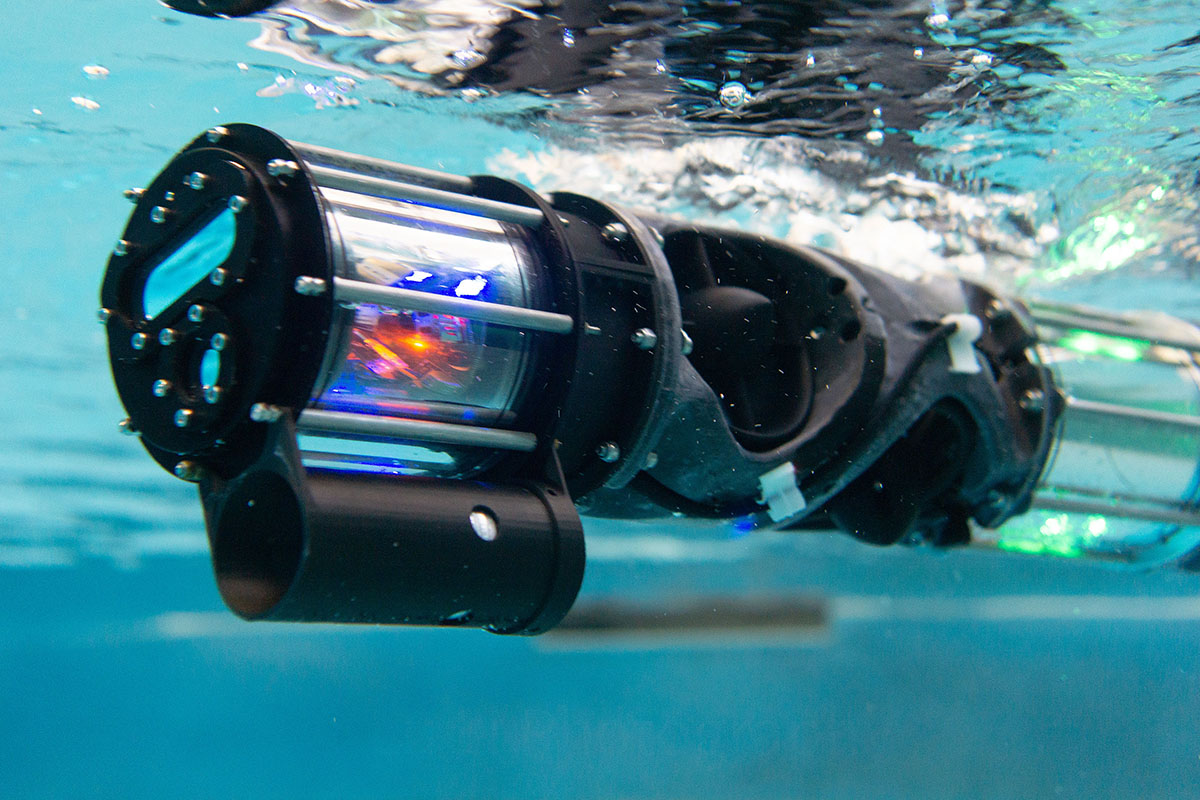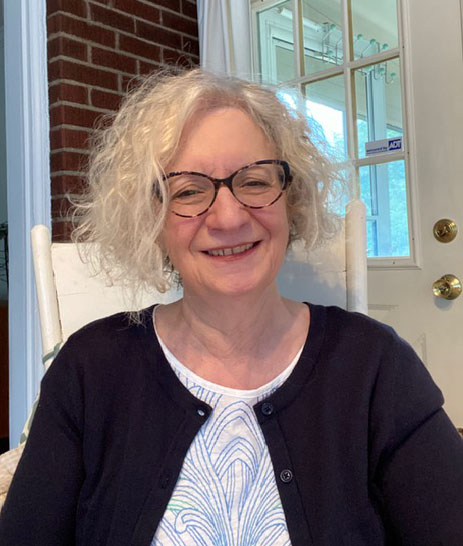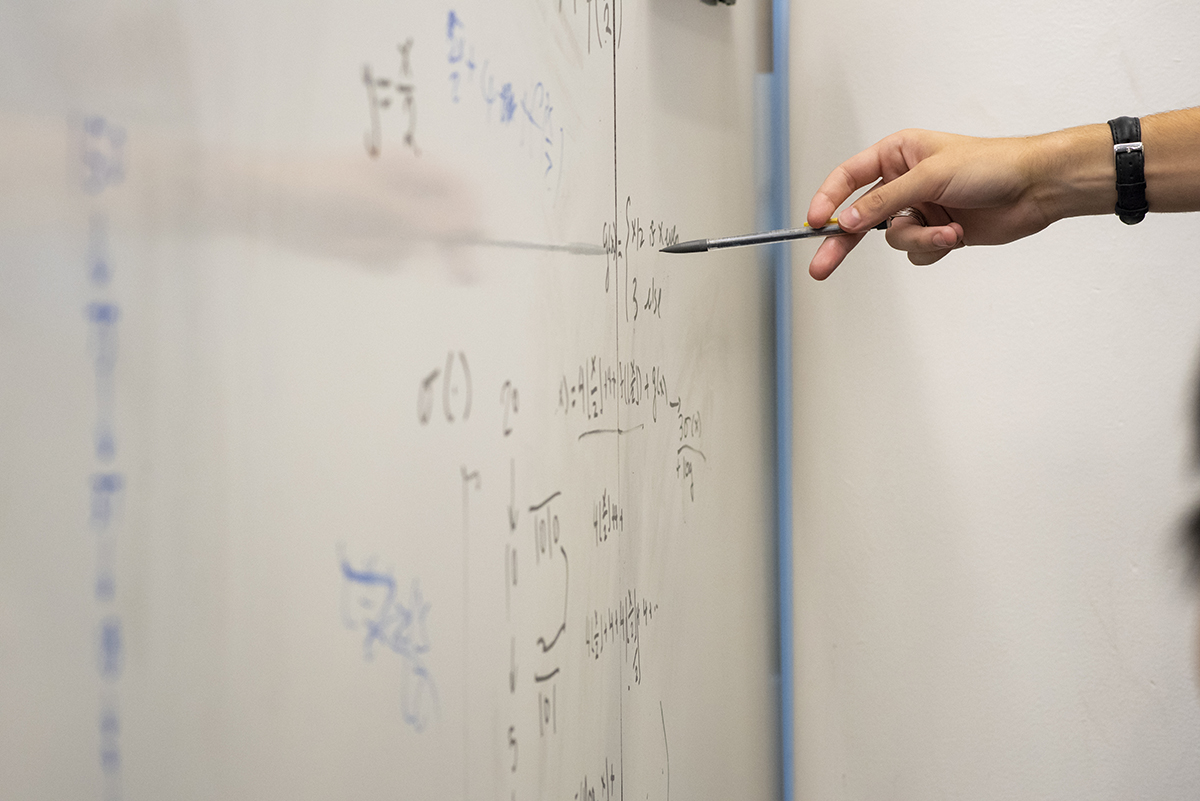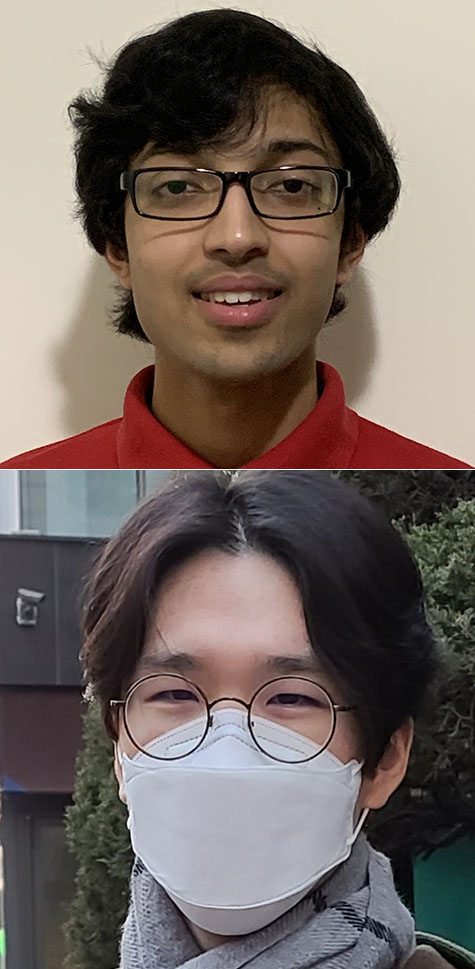CMU Students Among Top Computer Programmers in North American Collegiate Competition
Three Carnegie Mellon University students will compete against some of the best computer programmers in North America this summer as part of the International Collegiate Programming Competition. The CMU team of Chris Lambert, Zack Lee and Andy Yang placed third in its division and third overall among the 170 teams competing in last week's North American Divisional Championships. The result qualified the team for the upcoming North American Championship in August. A good finish there could send them to the World Finals later this year. "I'm proud of how we worked together as a team," said Yang, a senior majoring in computer science. "We divided up the easier problems in a way that matched our strengths. Our speed put us ahead of many of the teams and was crucial to our third place." The three-and-a-half-hour competition took place on April 22. The CMU team competed in the Eastern Division with groups from MIT, the University of Waterloo, the University of Toronto, Harvard, Yale, Princeton, Rutgers, the University of Michigan and others. Teams from MIT and Waterloo took first and second place, respectively. During the competition, teams solved individual problems that required them to write programs of 50 to 200 lines of code. The problems challenged the competitors to think creatively and code quickly. "Often you have to come up with your own algorithm," said Daniel Sleator, a professor in the Computer Science Department and coach of the two CMU teams that competed. "It's more than just being able to knock out code. It's that you have to knock out fast, bug-free code very quickly." The third-place finishers solved nine of the 13 problems. The cranked through their first problems quickly, solving eight in less than 50 minutes. Then, after hours of work, Lee managed to crack a hard computational geometry problem, landing the team its ninth problem and propelling them into third place. "I sort of just walled myself off and worked on it until I managed to solve it and submit the correct code with 20 minutes left in the contest," said Lee, a junior majoring in math and computer science. Lambert said getting the easier part of the problem set out of the way first was their plan going into the competition. "It gave us ample time and room to approach the harder problems," said Lambert, a sophomore majoring in computer science. "Zack has a lot to be proud of in pulling through with the geometry problem given how few teams ultimately got it." Only four teams in the entire competition solved that problem. "We wouldn't have qualified to the next round without it," added Yang. Another team from CMU placed seventh in the competition. Eric Wei, Dilhan Salgado and Wassim Omais completed the same number of problems as the third-place team but took more time and more attempts to do so. The North American Championship in August could be an in-person competition, meaning the team would have to share one computer and not have access to the internet. "We will have to get used to the change in competition environment," Yang said. "I think that given our performance in this round we have a good chance of advancing to the World Finals from the next round. Hopefully we can keep improving between now and then to make it happen."

